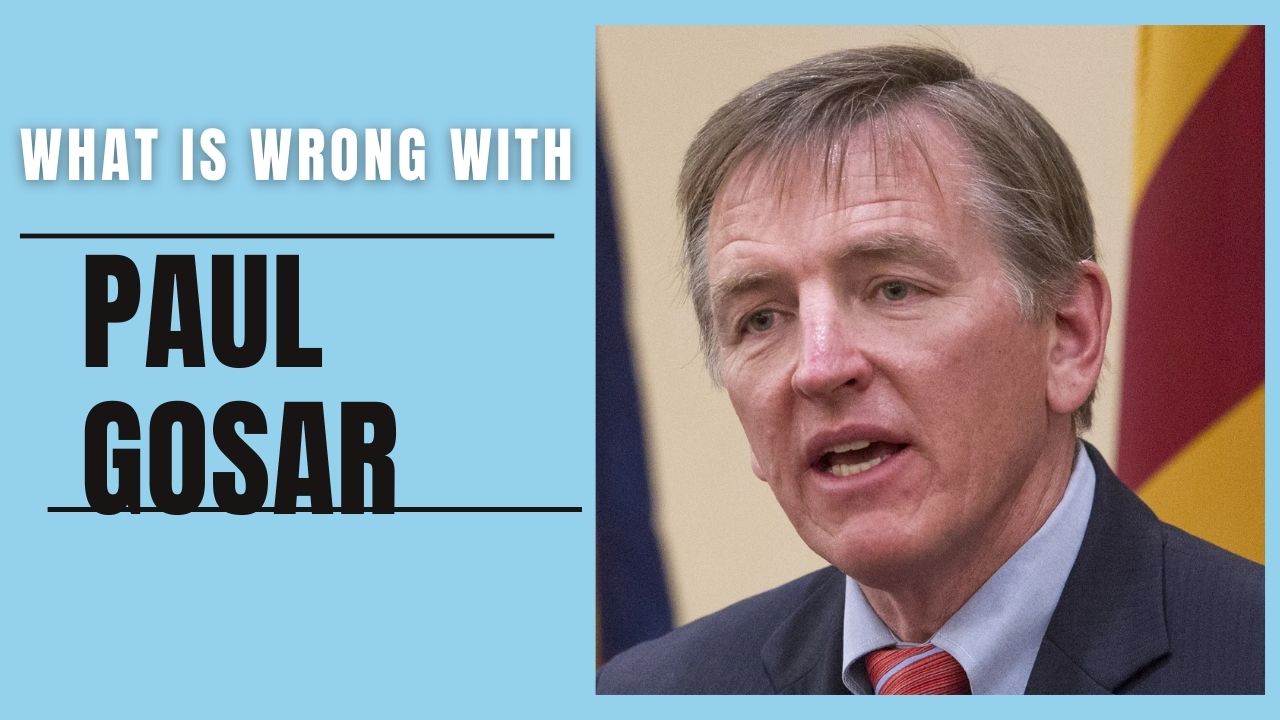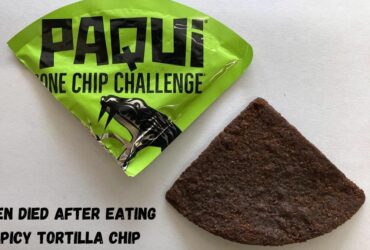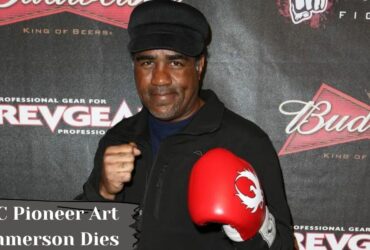According to unofficial results issued by the Alaska Division of Elections, Democrat Mary Peltola won the special election to replace Alaska’s House seat for the duration of 2022, putting an end to former Governor Sarah Palin’s attempt at a political comeback.
Palin, the vice presidential candidate of the Republican Party in 2008, will have another opportunity to win the House seat in the coming months because she and Peltola are among the candidates running in a separate election in November to serve the remainder of the term.
When the ranked-choice voting system was used for the first time in Alaska on Wednesday, Peltola was declared the winner.
With her triumph, the former state legislator will become the first Alaska Native in Congress and will take over the position held for over 50 years by the late GOP Rep. Don Young.
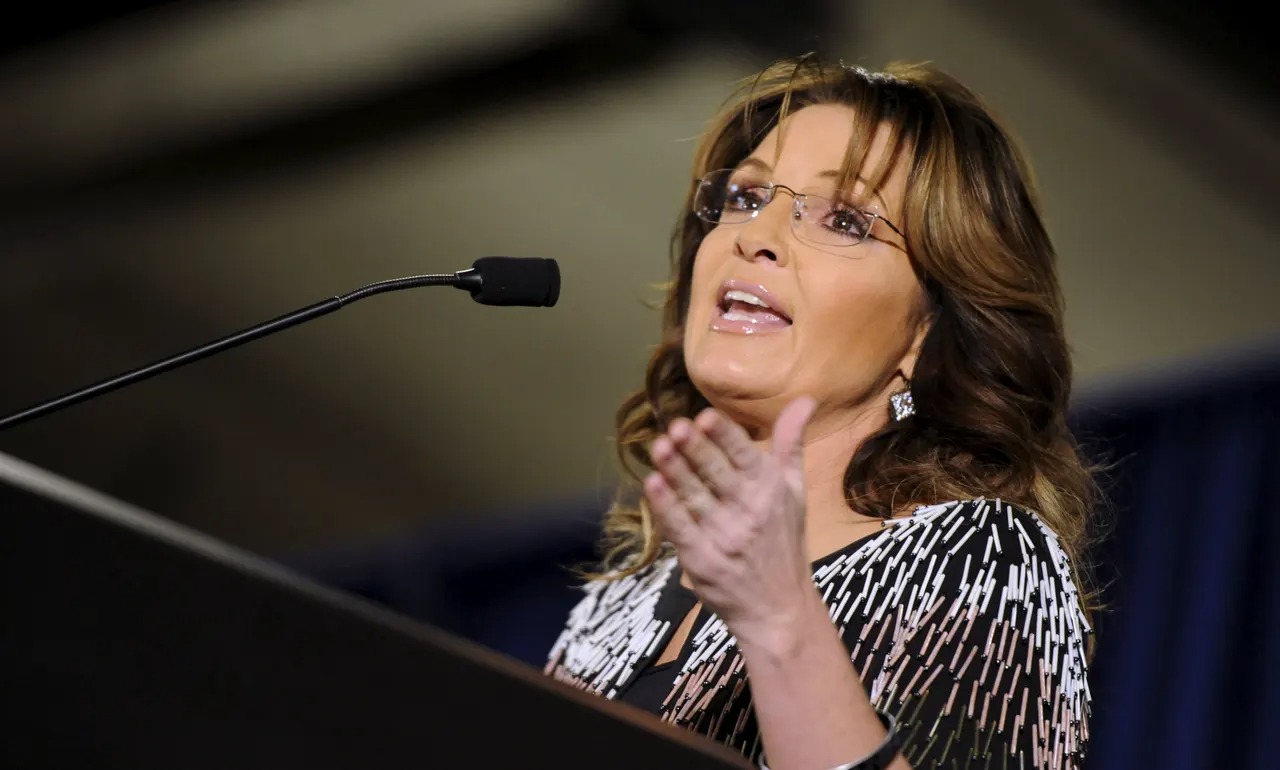
After losing the 2008 presidential election, Palin tried a political return but resigned in 2009, halfway through her lone term as governor. This caused the contest for Young’s seat to be widely covered in the media.
Former President Donald Trump had backed Palin, who hasn’t run for office since leaving the governor’s mansion. In support of Palin and other Republican candidates he has endorsed in this year’s races, he participated in tele-rallies for her campaign and showed up at a gathering in Alaska in July.
After the results were announced on Wednesday, Palin criticised ranked-choice voting, calling it a “new insane, complex, stupid” method.
“Even if we’re dissatisfied with the outcome, Alaskans are aware that I’m the last person to ever give up. I’m going to reload instead. Let’s work even harder to send an America First conservative to Washington in November in the hopeful hope that Alaskans will learn from this voting system error and remedy it in the future election “She said.
A field of 48 candidates, including Santa Claus, a councillor from the North Pole, and a supporter of Vermont Sen. Bernie Sanders, was narrowed down to a final four in a primary election in June when candidates from all parties competed on the same ballot.
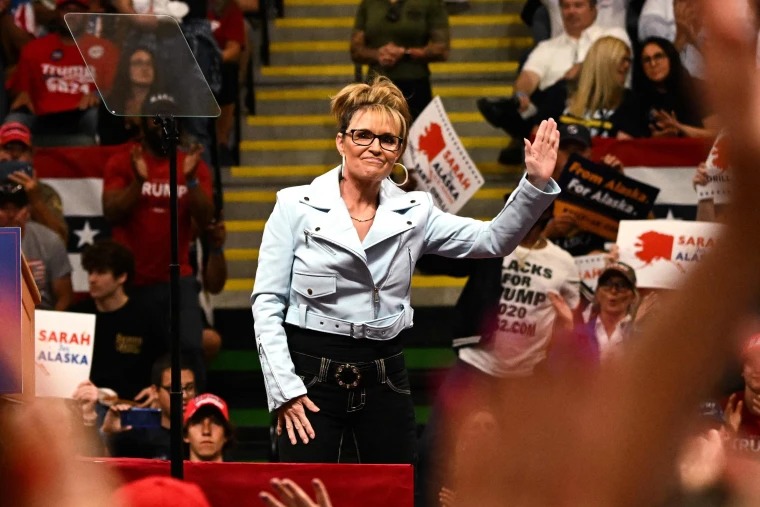
The four that won were Palin, Peltola, Republican businessman Nick Begich III (who comes from the state’s most prominent Democratic political dynasty), and independent Al Gross. But soon after the primary, Gross withdrew from the contest, which helped Peltola get more Democratic support.
Peltola, on the other hand, ran for office as a pro-abortion right, pro-labour union candidate with a strong connection to issues like fishing that are integral to Alaska’s identity and economy. This was an attempt to capitalise on the Supreme Court’s decision ending federal abortion rights protections.
The two demonstrated a cordial connection on the campaign trail throughout Peltola’s time in the state legislature, which coincided with Palin’s tenure as governor. Peltola also has ties to Young’s family because her father shared a teaching career with Young prior to his election to Congress. And Peltola once travelled to the Washington, DC, region to spend Thanksgiving with Young’s family.
More than two weeks after Election Day, Alaska’s Division of Elections conducted its ranked-choice computation at 8 p.m. ET on Wednesday. Alaska conducts most of its elections by mail, and the state gives 10 extra days for ballots to arrive and be counted because some votes come from isolated areas without access to transportation systems.
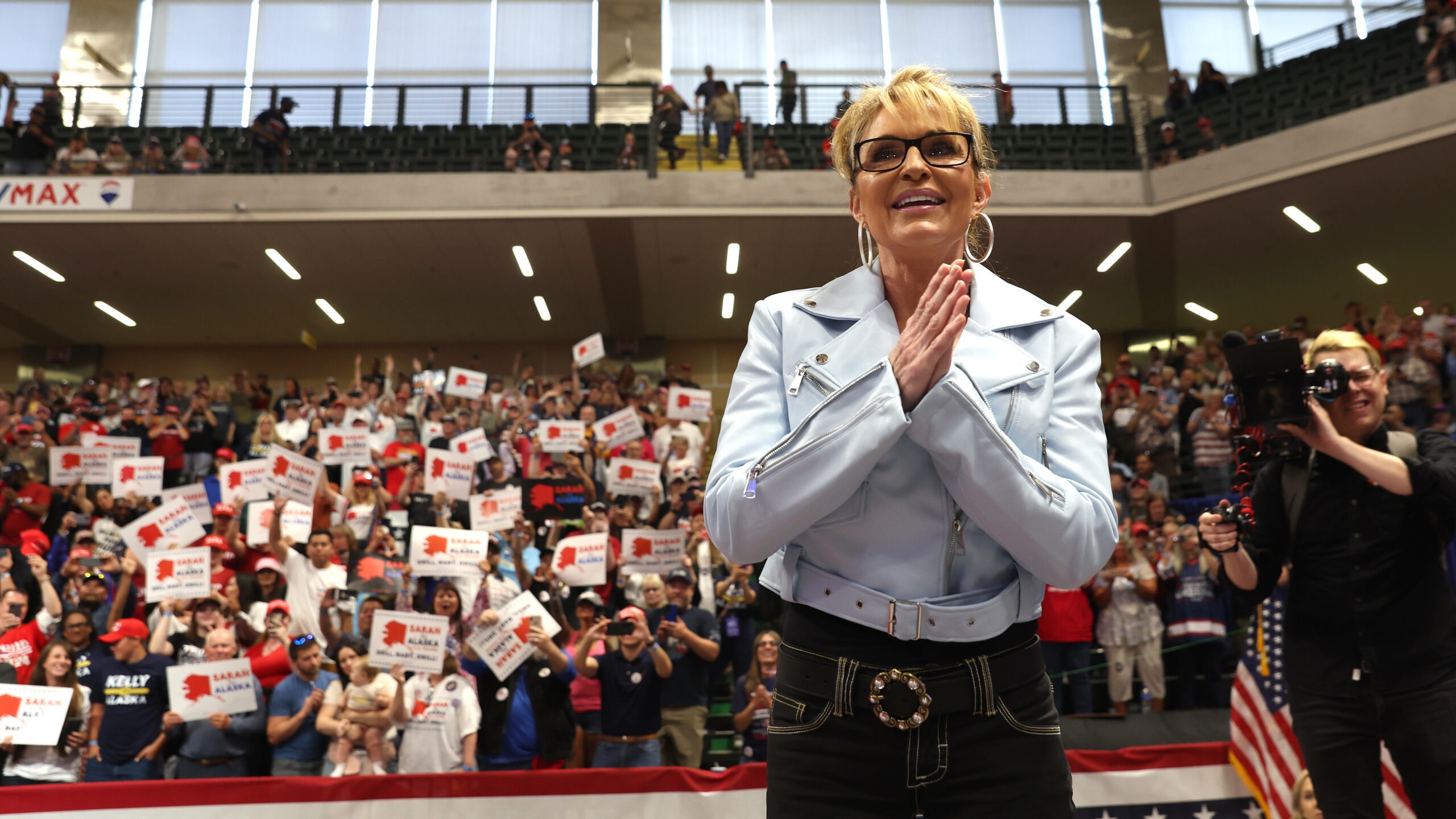
In 2020, the people of the state decided in favour of implementing ranked-choice voting: Voters cast one ballot for their favourite choice in open primaries where candidates from all parties are present, and the top four candidates progress. Voters then order those four candidates, from first to fourth, in the general election.
When Gross withdrew from the race after finishing in the top four, a wrench was thrown into the procedure. After Gross left, the ranked-choice system was simplified: Alaska only had to reject one contender, Begich, who received 28% of the vote in the election on August 16 compared to Peltola’s 40% and Palin’s 31%. Instead of potentially having to delete two candidates and count the second-and third-place selections of those candidates’ supporters.

